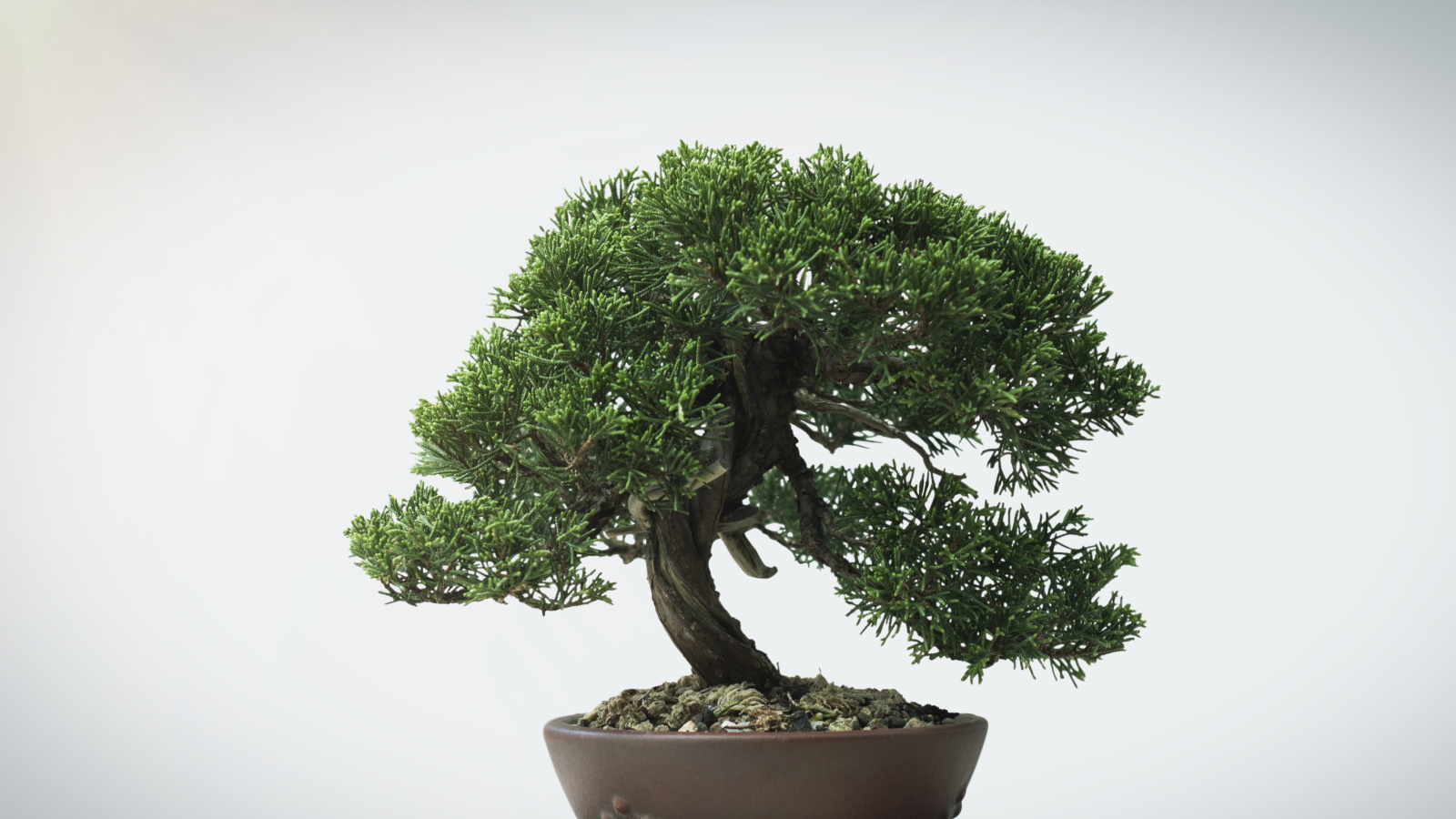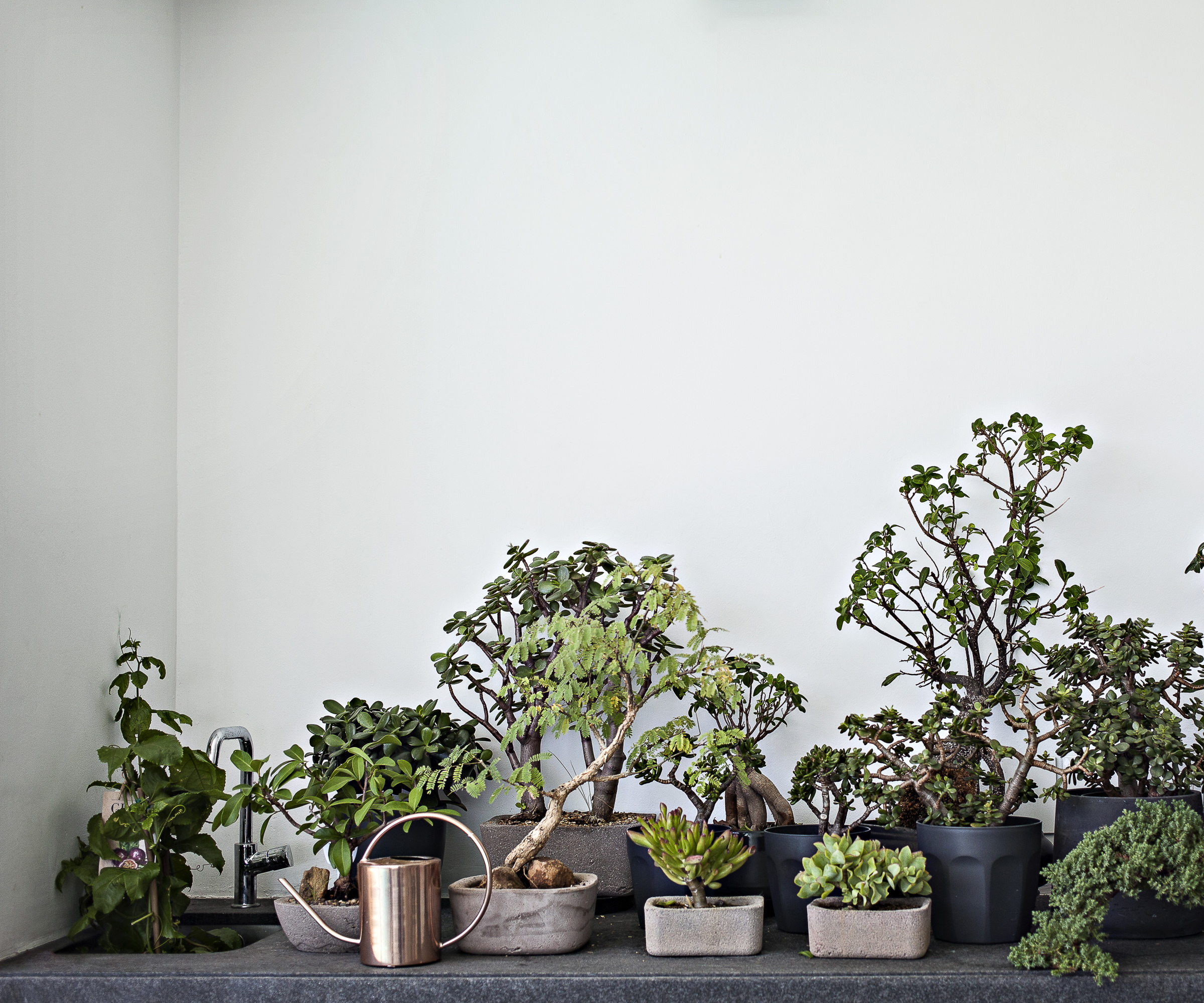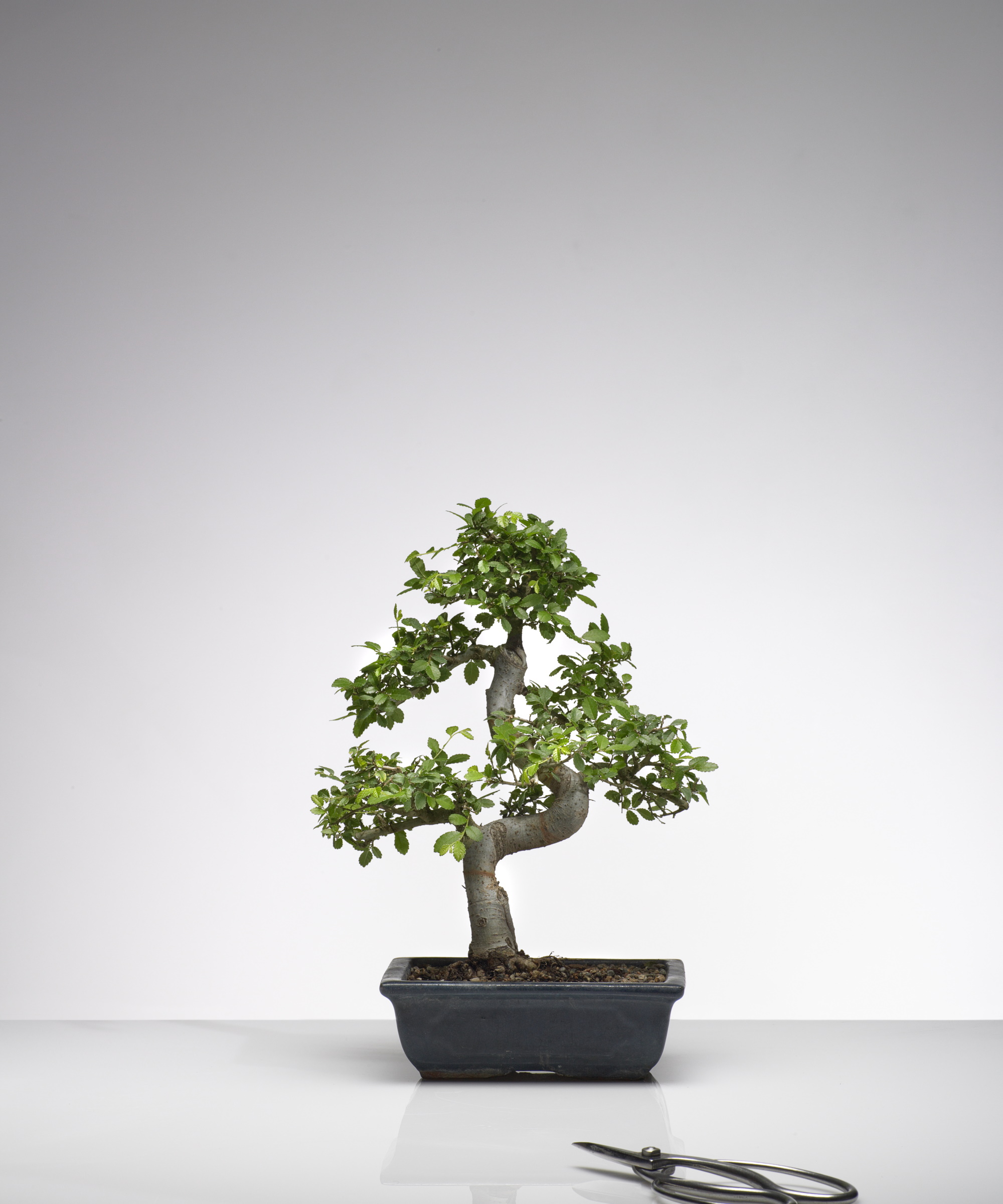How to care for a bonsai tree – simple tips for growing these beautiful plants
Learn how to care for and nurture a bonsai tree with our expert guide to these diminutive plants


People may say learning how to care for a bonsai tree is not for the faint-hearted. But in fact, it can be a wonderfully therapeutic experience. These tiny trees are cared for in the most delicate of ways, and looking after them is often a very mindful activity.
You may be surprised to know that a bonsai isn't one particular type of tree - there are many different bonsai tree types. And depending on what tree you're growing in miniature form – perhaps an oak, hawthorn, cherry, birch or maple, or even a bougainvillea bonsai tree – it will have different needs.
Whether you're a houseplant beginner or have a home filled with the best indoor plants, adding a bonsai tree to your collection is a fantastic idea.
Anne Swithinbank, a gardening expert, horticulturalist and writer says, 'The Japanese art of bonsai translates as "tray culture", and aims to create small trees in shallow containers that have the same style, shape and mystery as their forest-dwelling counterparts.'
We explain how to get these intriguing plants looking their very best.
How to water a bonsai tree

A bonsai isn't exactly one of the best low maintenance indoor plants, as it can't be watered with a strict routine in mind. Instead, you need to be watchful of your particular bonsai's needs.
The general rule of thumb is to water a bonsai approximately once a week or so, when the topsoil is a pale color, and feels completely dry and firm to the touch. To do this, either try:
Design expertise in your inbox – from inspiring decorating ideas and beautiful celebrity homes to practical gardening advice and shopping round-ups.
- Top watering with a fine spray for around 30 seconds. Soak the whole plant, the foliage as well as soil. It's probably best to do this outdoors.
- The immersion watering method is a popular choice for bonsai trees. Fill a basin with water to the level of the bonsai tree's soil, and place the bonsai directly inside. You'll see the soil color change as water is absorbed through the drainage holes.
At a minimum, you should water about every 10 days; any longer and your bonsai will be under-hydrated. You'll know your bonsai is reaching this stage when the leaves are brown, dry or shrivelling up. The tree bark may also appear cracked and dry.
As with most plants, you can of course overwater a bonsai tree, as the roots will rot if soaked too often. It's easier to harm a bonsai from under-watering rather than overwatering though, so make sure it gets enough to drink.
How much light does a bonsai tree need?

Because bonsai are miniature trees, they love natural direct sunlight. Placing your bonsai on a windowsill so it receives a steady stream of south-facing sunshine for 5-6 hours is the optimal amount. Try to avoid the midday sun though, as this can scorch the leaves.
Without enough light, a bonsai won't immediately shrivel and die, but the root structure, trunk and overall growth will gradually weaken. You'll know your bonsai isn't getting sufficient light if the branches are leggy and bright green.

Anne Swithinbank is one of the world's most established gardening experts, authors, horticulturalists. Anne contributes regularly to Homes & Gardens and our sister title, Amateur Gardening.
How should you prune and shape a bonsai tree?

Pruning a bonsai is relatively easy, and certainly the most peaceful part of their care. You can use regular scissors if they're clean, but we recommend using bonsai-friendly tools, like twig shears.
You can prune a bonsai tree throughout the growing season if it's outdoors (a bonsai makes a great addition to any Japanese garden), but an indoor bonsai can handle pruning at any time of year. That said, a bonsai is like any other plant: once pruned, it does need time to recover.
Along with snipping off any dead branches, you'll usually prune a bonsai tree to refine its shape. That means prioritizing growth on the outer stems so the leaves are both smaller and closer together.
Anne says, 'The bottom line with bonsai is to look hard at your tree and try to feel the shape it wants to make, then combine this with how you want it to look.'
You can also trim a bonsai's roots to keep the tree healthy. Carefully un-pot your tree, and gently detangle the root ball, made up of thin fibrous roots and thicker taproots. Any thin roots that are obstructing or jeopardizing the taproots should be snipped off.
If you're going to be repotting your tree, Anne recommends leaving this process until spring – just before the tree returns to growth.
A healthy bonsai tree will have foliage and branches in proportion to its size, bright green leaves, roots that show slightly above the soil and a smooth and stable trunk.
How do I start a bonsai tree?

Starting a bonsai tree for your indoor garden is easier than you might expect. 'Trees often set themselves from seed in gardens, and it’s a good idea to lift some of these free saplings to pot up and start as bonsai,' says Anne.
Simply remove some of the old compost from the roots with a chopstick or fork, prune the root system back to create a shallow, circular form, then pop it in a small container with two parts peat-free compost, two parts grit, and one part potting compost.
You can use bonsai wire, available on Amazon, to train the stem into the shape you desire – gently wind it round, working upwards from the base, and bend it to suit. This can then be removed after three months.

FAQs
What tools do I need to prune a bonsai tree?
You must be able to make accurate cuts on bonsai trees with clean edges, so using the proper equipment is vital. There is a large range of specialist tools available depending on the size and variety of your bonsai plant. Small and narrow pruning shears are essential to allow easy trimming within the middle of a tree, for instance. Have a look at these bonsai pruning kits on Amazon.
It's clear that caring for a bonsai tree does require a little bit of specialist knowledge, but once you understand their needs and how they grow, shaping and nurturing a bonsai tree over time can be incredibly rewarding.

Freelance writer and author Flora Baker is a keen amateur gardener and houseplant enthusiast. Her small garden in South London is a constant work in progress as she gets to grips with snail prevention, DIY trellises and what to plant in shady spots overrun with ivy.